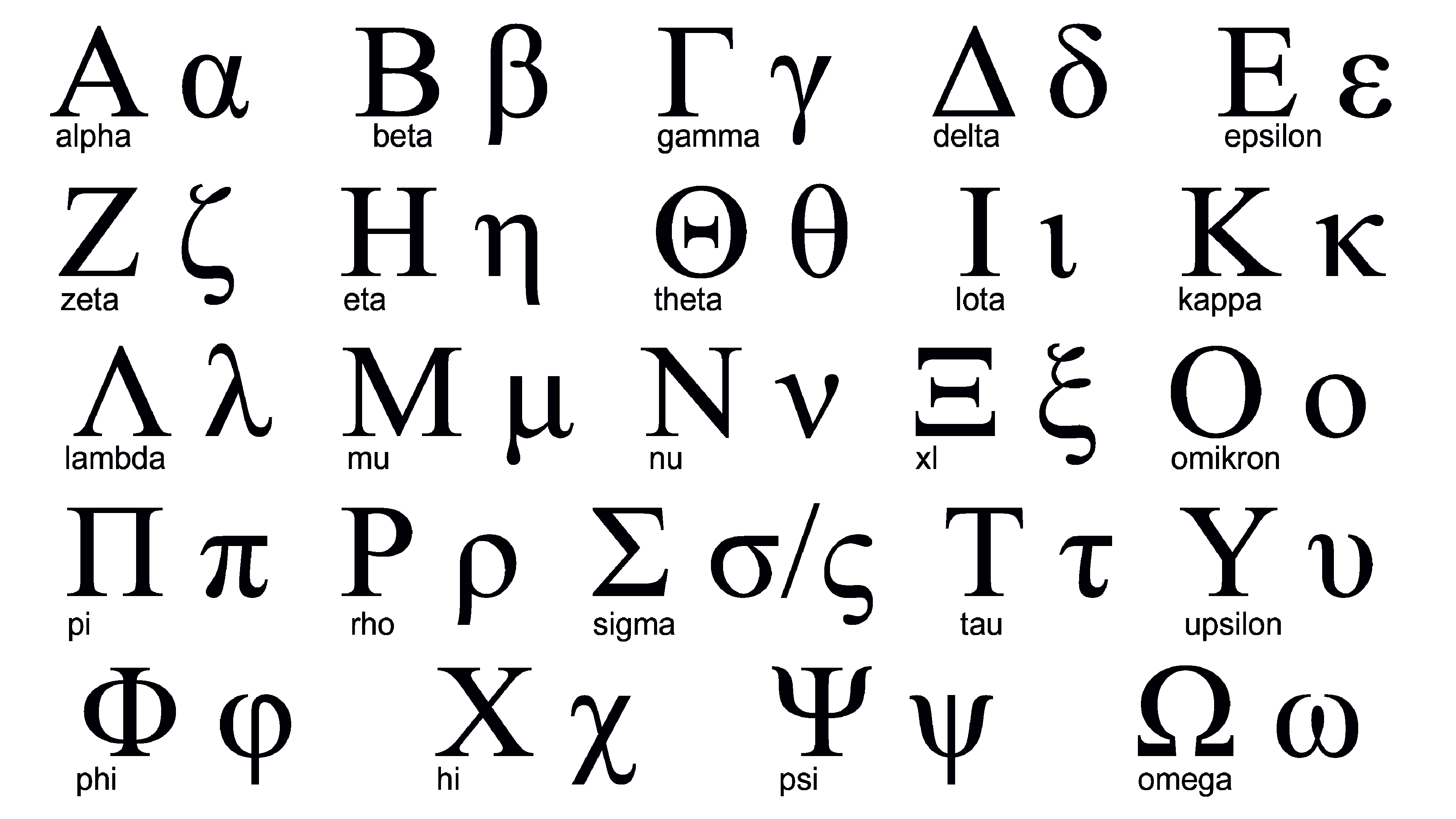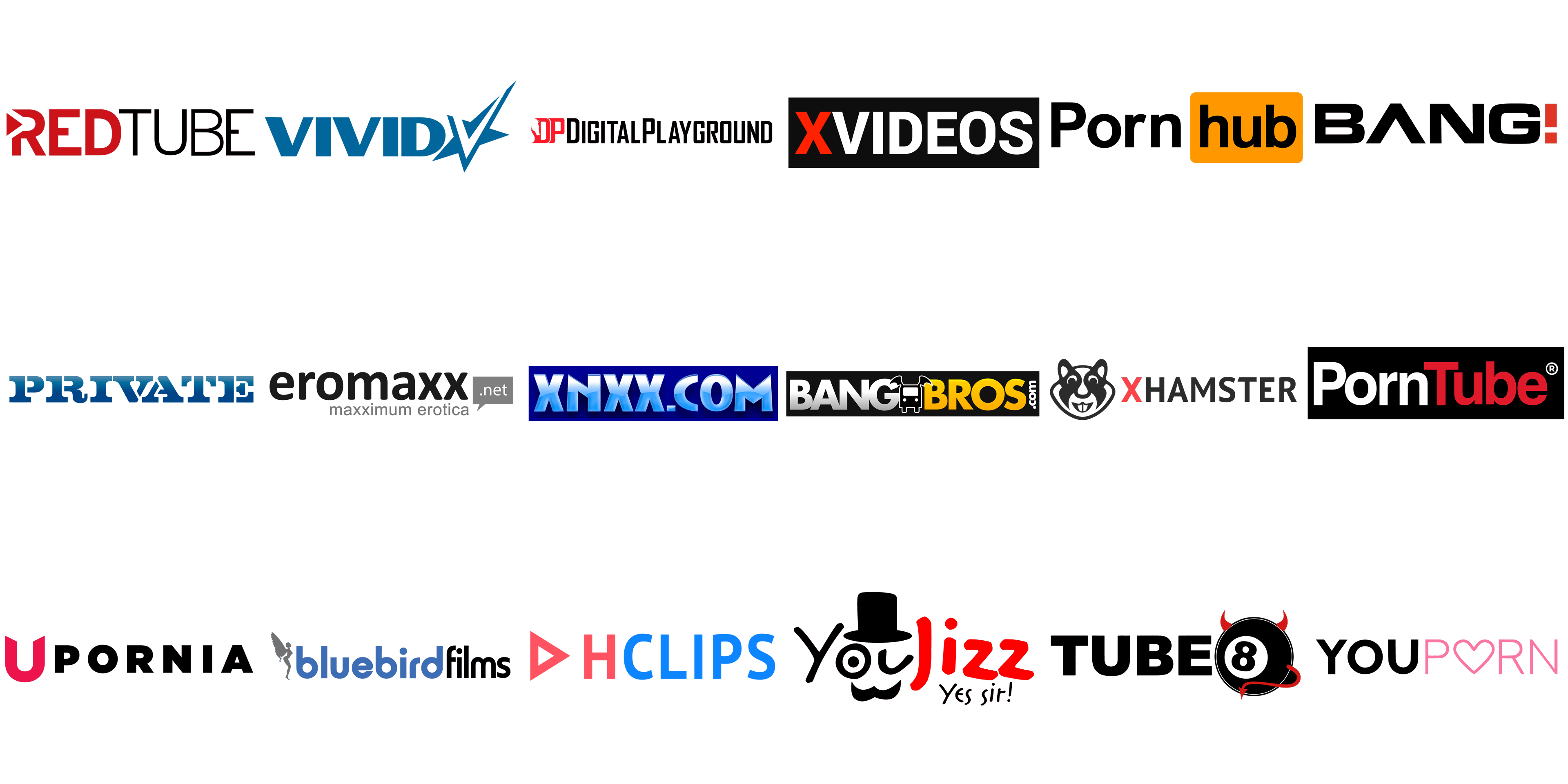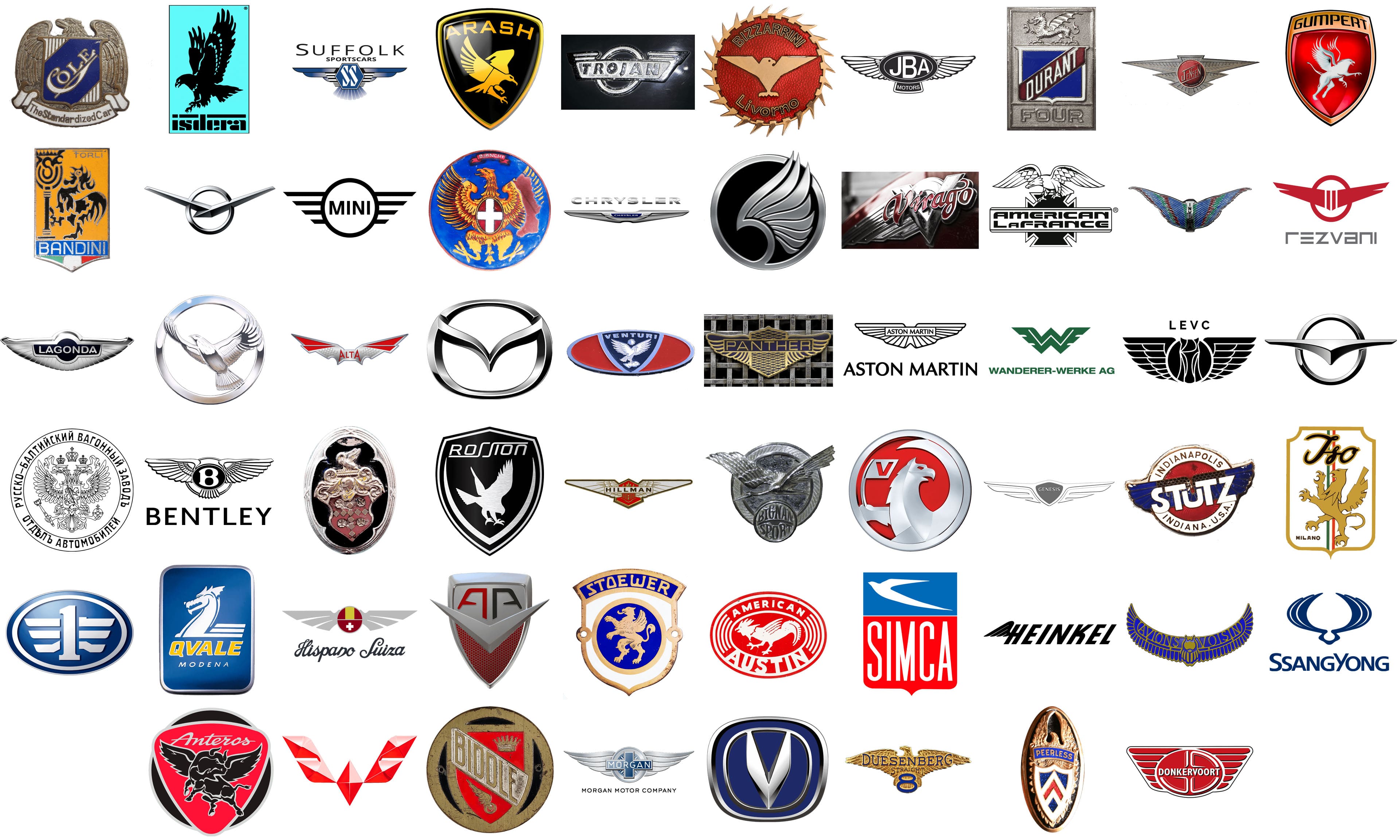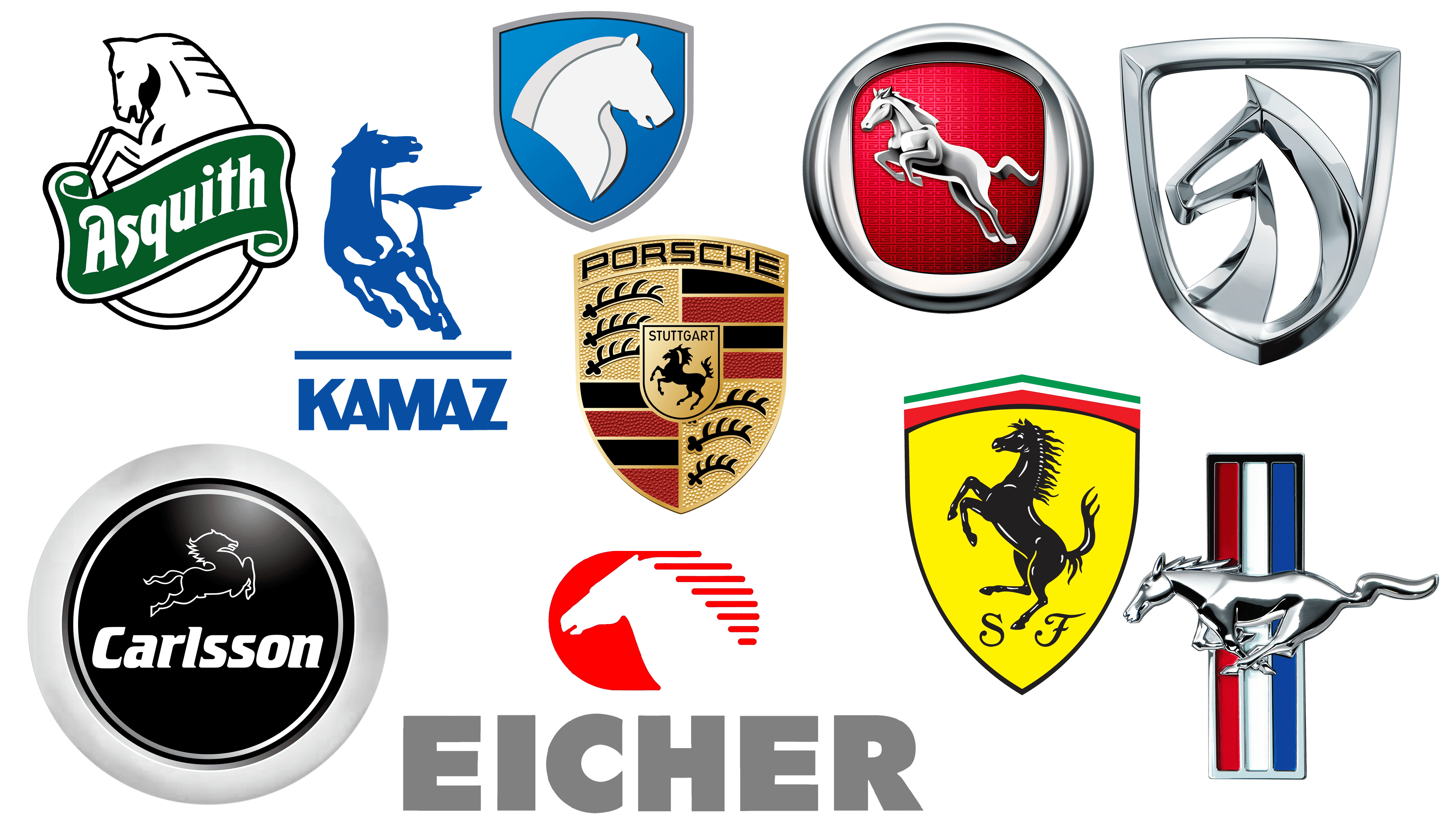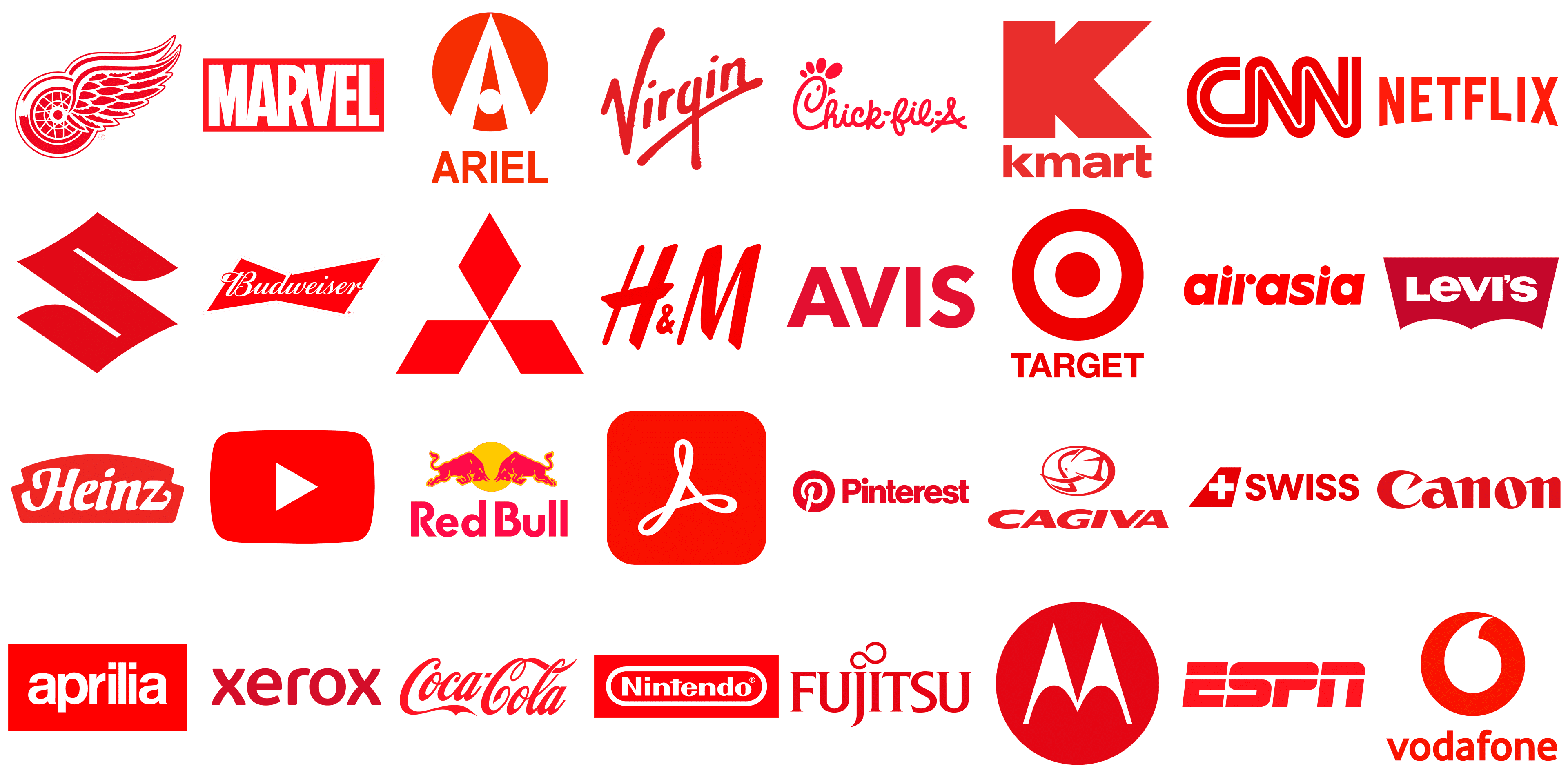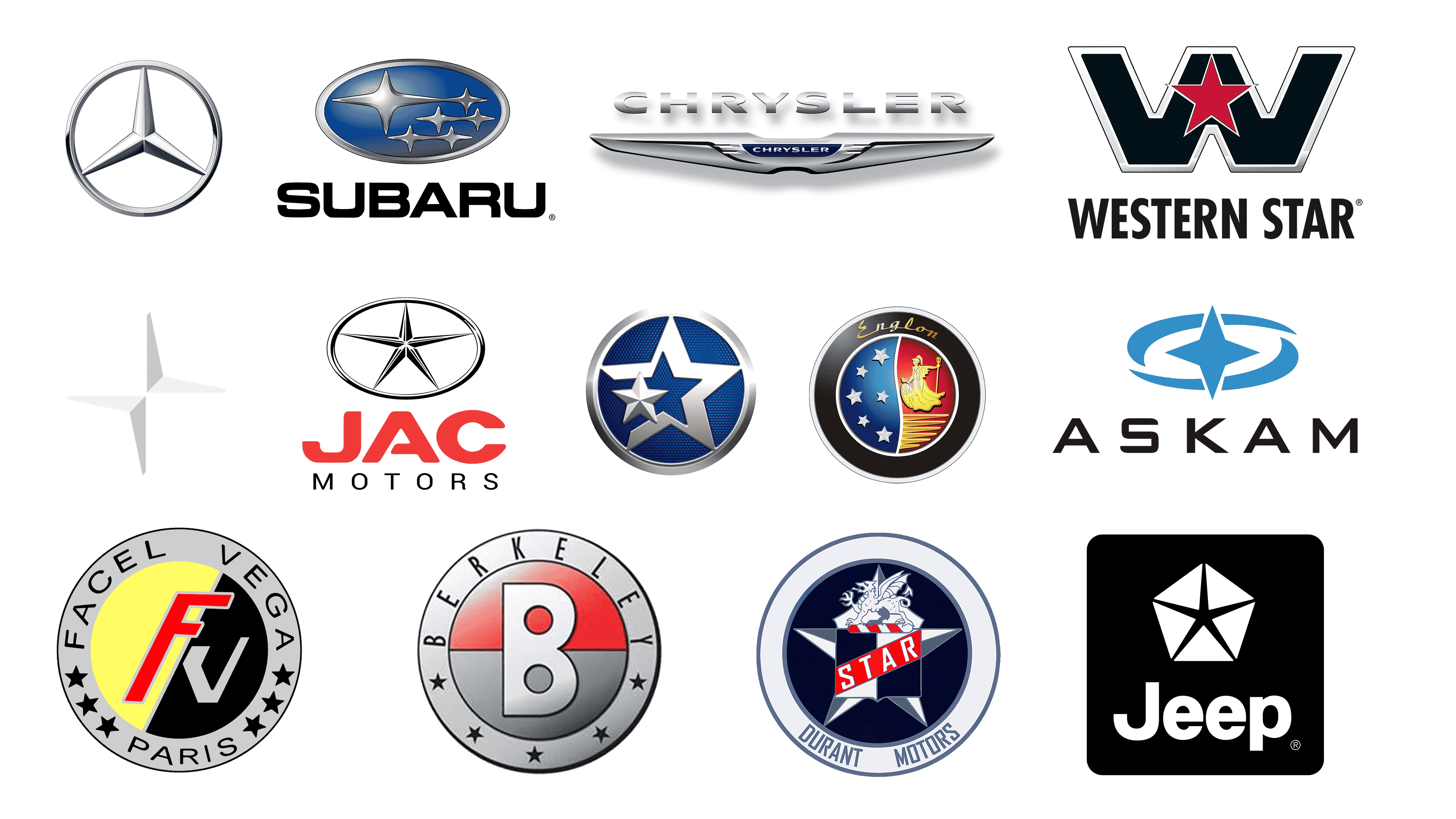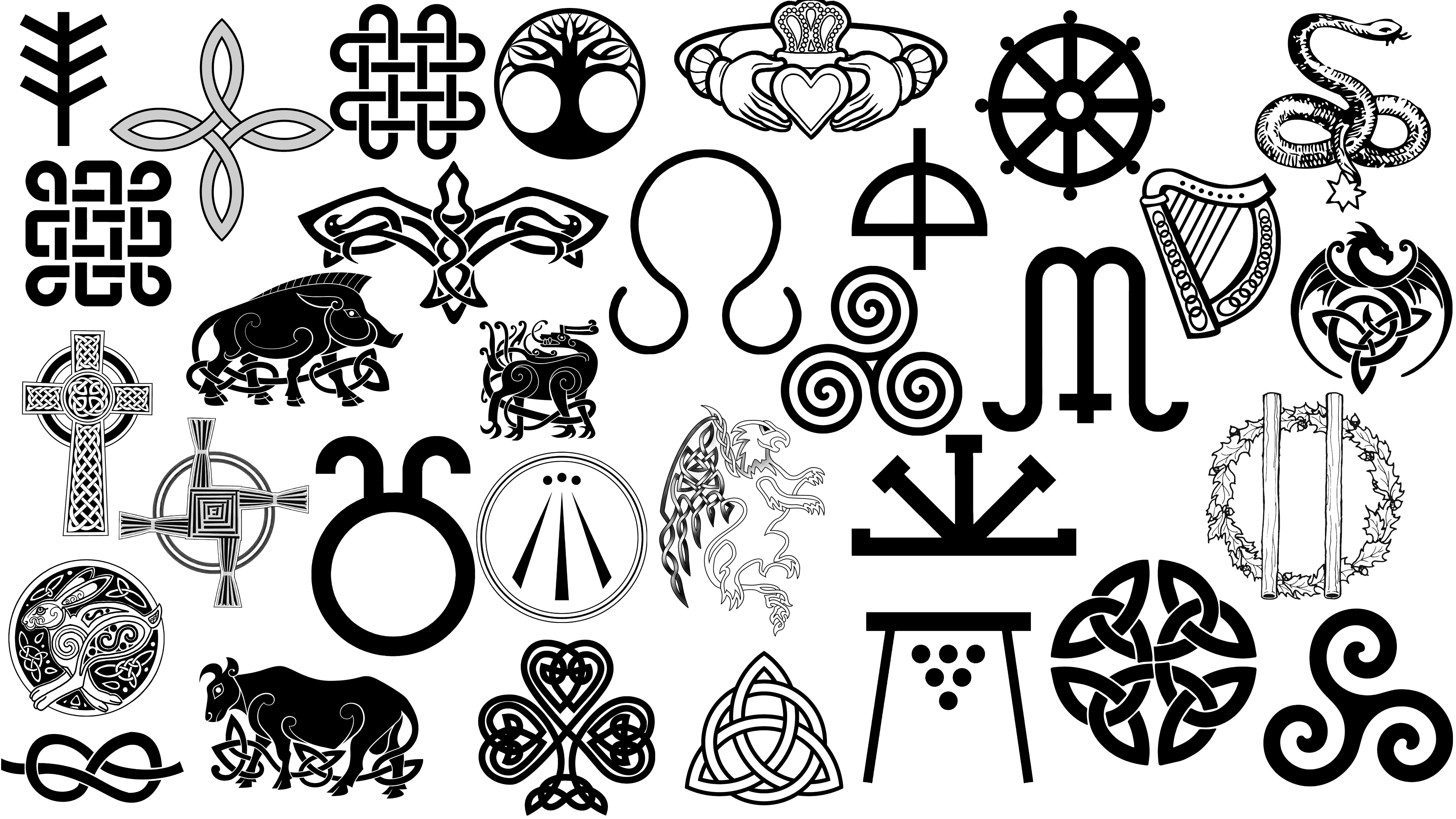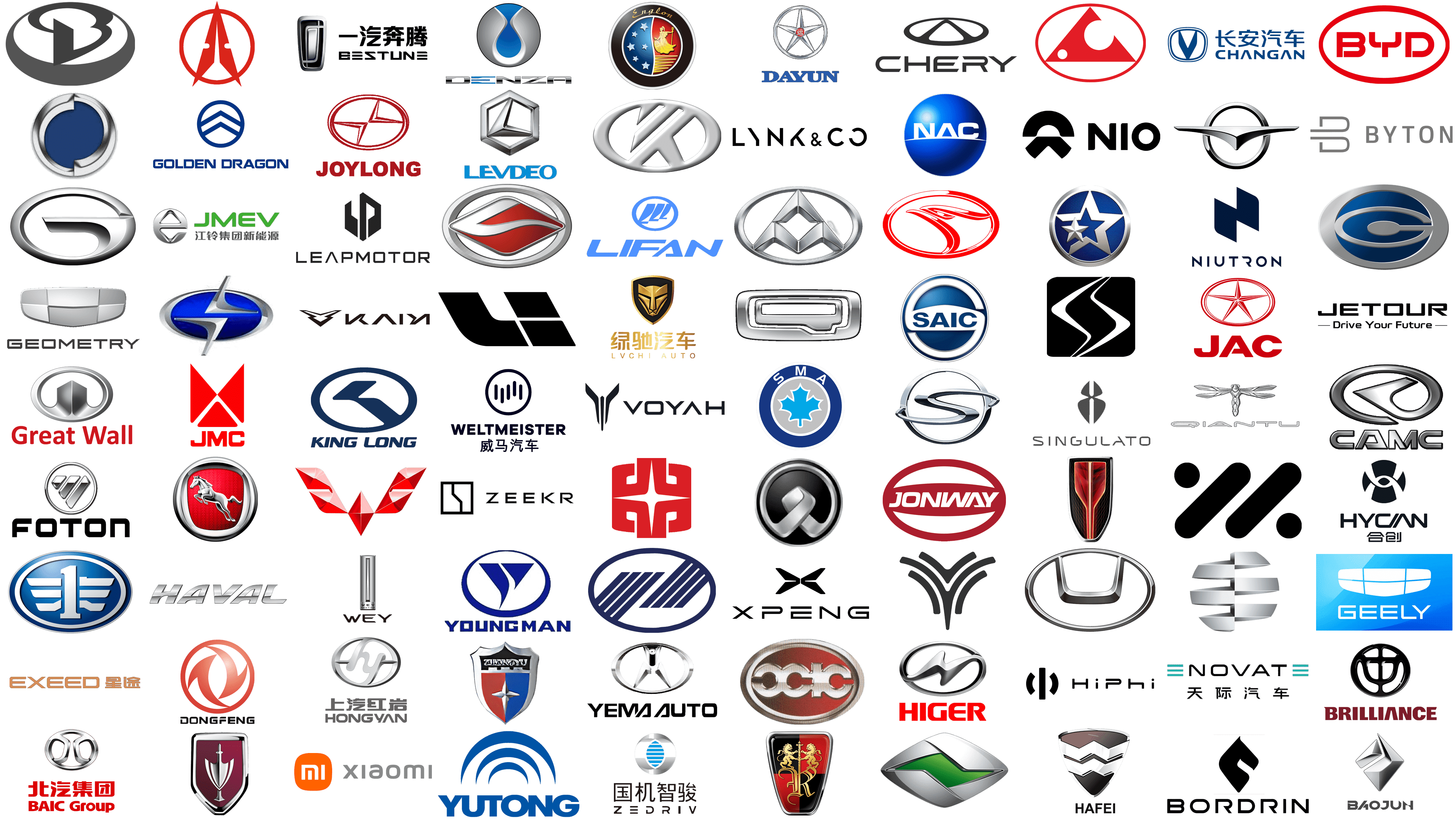Most Famous Logos in White
In the realm of logo design, white is fundamental, representing clearness and directness. It functions as a backdrop that enhances creative expression and original thought. Brands often use white to communicate transparency and ethical conduct. Its ability to work in harmony with any colour amplifies the effectiveness of a logo.
In logotypes, the colour white removes irrelevant elements to focus on the core message. This approach aligns with current consumer preferences for sleek and unembellished designs. White’s role in creating contrast, particularly against darker shades, accentuates the critical aspects of a logo, aiding in capturing attention and aiding recall.
In psychological terms, white is linked to newness and purity, suggesting a fresh start. These associations are not accidental but are leveraged in logo design to underline a brand’s dedication to innovation and lucidity. In sectors like healthcare and technology, the prevalence of white in logos underscores a commitment to precision and cleanliness, reflecting the industry standards through design.
White’s versatility in logo design is unmatched, adapting effortlessly across media from print to screen, ensuring consistency and recognisability. Its flexibility in symbolisation means it can represent sophistication in one instance and simplicity in another. Choosing white for a logo is a deliberate strategy to communicate a brand’s ethos.
To sum up, white’s role in logo design is both distinct and influential. It affords purity and simplicity, offers adaptability, and has a significant psychological effect, making it essential for crafting potent logos. Used as either a primary element or an accent, white aids brands in expressing their fundamental values and shaping their visual identity.
The significance of white in logo design has evolved, mirroring the shift towards minimalist web interfaces and mobile applications. Its use in digital contexts enhances user experience by creating a sense of openness and ease of navigation, crucial for engaging modern audiences.
White’s ability to make other colours pop while maintaining a clean, uncluttered look underscores its essential role in designing logos that are not only visually appealing but also functionally effective in digital environments. This evolution showcases its relevance and adaptability in the ever-changing landscape of brand identity design.
Barq’s
In Biloxi, Mississippi, 1898, a distinctive root beer with a bold, sharp flavor emerged, thanks to Edward Barq. It has carved out a niche distinct from sweeter alternatives. Now, as part of the Coca-Cola Company’s portfolio, Barq’s offers more variety, including diet options and new flavors, maintaining its unique caffeinated distinction. Its logo sports a confidently stylish script that encapsulates its rich legacy. The carefully placed apostrophe in the brand’s name signifies over a century’s presence in the soft drink market, marking Barq’s as a refreshingly bold American classic.
Batman
The iconic black and white emblem that strikes fear into the hearts of Gotham City’s criminals doesn’t just represent any superhero. He emerged from the creative minds of Bob Kane and Bill Finger in 1939, debuting in “Detective Comics” #27. Bruce Wayne, the man behind the mask, is a billionaire by day and a vigilante by night, driven by the childhood trauma of witnessing his parents’ murder. He has vowed to fight crime, guided by a strong moral compass. Over the years, Batman’s symbol has seen various redesigns, yet it remains a powerful icon of justice and determination. This character stands as a towering figure in the realm of comic book heroes, embodying courage across all forms of media.
Bored Panda
In the realm of creativity, a mischievous panda invites enthusiasts to explore an eclectic mix of art and human interest stories. Tomas Banišauskas launched this platform in 2009, establishing its base in Vilnius, Lithuania. Bored Panda has grown into a major hub for artists, designers, and photographers, showcasing everything from personal narratives to avant-garde art projects. It’s a source of inspiration and a celebration of creativity worldwide. The brand’s logo, featuring a stylized panda, symbolizes its mission to offer a diverse and engaging content mix that inspires millions.
Crocs
Turning the footwear industry upside down, Crocs stands out with its lightweight, waterproof shoes. The company started in 2002, founded by Lyndon “Duke” Hanson, George Boedecker Jr., and Scott Seamans, originally aiming at the boating community. Its clogs, known for unparalleled comfort and distinctive style, have sparked debates but also amassed a loyal following worldwide. Crocs has embraced a playful crocodile logo, reflecting the brand’s innovative approach to casual wear. This emblem smiles at customers, promising a blend of fun and comfort that has catapulted the brand to global fame.
Georgetown University
The year 1789 marks the establishment of a leading private research institution in Washington, D.C.’s historic Georgetown neighborhood. This university, known for its Catholic and Jesuit heritage, stands out for its commitment to rigorous academics, global research. It supports a rich spectrum of undergraduate and graduate programs within a community where diversity and intellectual vigor thrive. The university’s emblem features an eagle with outstretched wings clutching a globe and cross, embodying global influence and faith. Laurel branches envelop the symbol, denoting scholarly excellence. The founding year is prominently displayed, honoring its origins, with the university’s name elegantly inscribed beneath. This logo melds tradition with educational and religious dedication, encapsulating the institution’s distinguished reputation.
MINI
A symbol of compact elegance, the MINI marque flies high with a logo that encapsulates its British heritage and innovative design. Since BMW took ownership in 2000, the modern MINI has honored the original’s spirit, launched by the British Motor Corporation in 1959, with contemporary flair. It stands for efficiency, style, and the joy of driving, targeting those who value heritage as much as innovation. The logo, with wings and the bold “MINI” inscription, tells the story of a brand that marries classic charm with modern technology. This emblem is a testament to a legacy of captivating motorists around the globe, a blend of the past and present that appeals to enthusiasts and city drivers alike.
Versace
Gianni Versace, the visionary founder, established Versace in 1978, setting the stage for it to become a beacon of luxury and innovation in fashion from Milan, Italy. The brand dazzles with its lavish clothing, accessories, and home decor, marketed under various labels like Atelier Versace and Versace Jeans. Even after Gianni’s untimely demise in 1997, under Donatella Versace’s stewardship, the house’s legacy of groundbreaking design and impeccable craftsmanship continues to shape fashion trends. The emblem, a head encased in a Greek key motif, captures the essence of opulence intertwined with Italian artisanal tradition.
Versus Versace
Launched by Gianni Versace in 1989, Versus Versace targets a youthful, fashion-forward demographic with its audacious and innovative creations. This line stands apart within the Versace family, embracing a distinct persona that resonates with those who prefer bold, cutting-edge fashion. Versus is renowned for its collaborations that keep it at fashion’s avant-garde. The brand’s logo, a lion’s head within a circle, speaks to the strength and boldness at the heart of Versus Versace’s designs. This emblem encapsulates the brand’s essence: a blend of Versace’s iconic luxury with a defiant, modern twist, appealing to the fashion rebels of today.
White Claw
Bursting onto the scene in 2016, White Claw quickly claimed its throne in the hard seltzer market, thanks to the Mark Anthony Brands International. Its ascent to popularity in the U.S. is credited to its appeal among those seeking alcoholic beverages with fewer calories. The brand’s variety of flavors resonates with a lifestyle marked by wellness and effortless socializing. The logo, featuring a cresting wave within a circle, symbolizes the refreshing essence of White Claw. Above this wave, the name “White Claw Hard Seltzer” stands as a testament to the brand’s leadership in refreshing, flavor-rich malt beverages, representing a modern, health-conscious approach to leisure and socializing.
Wikipedia
Since its inception on January 15, 2001, by Jimmy Wales and Larry Sanger, Wikipedia has grown into the internet’s largest repository of freely editable knowledge. Supported by the non-profit Wikimedia Foundation and a global network of volunteers, it offers an unparalleled wealth of information. The logo, a globe made of puzzle pieces with glyphs from various scripts, signifies the expanse of human knowledge available. “Wikipedia” is boldly inscribed below this globe, positioning it as the ultimate destination for information seekers worldwide. This emblem symbolizes a commitment to free, collaborative knowledge sharing, making it an indispensable resource for global audiences.











